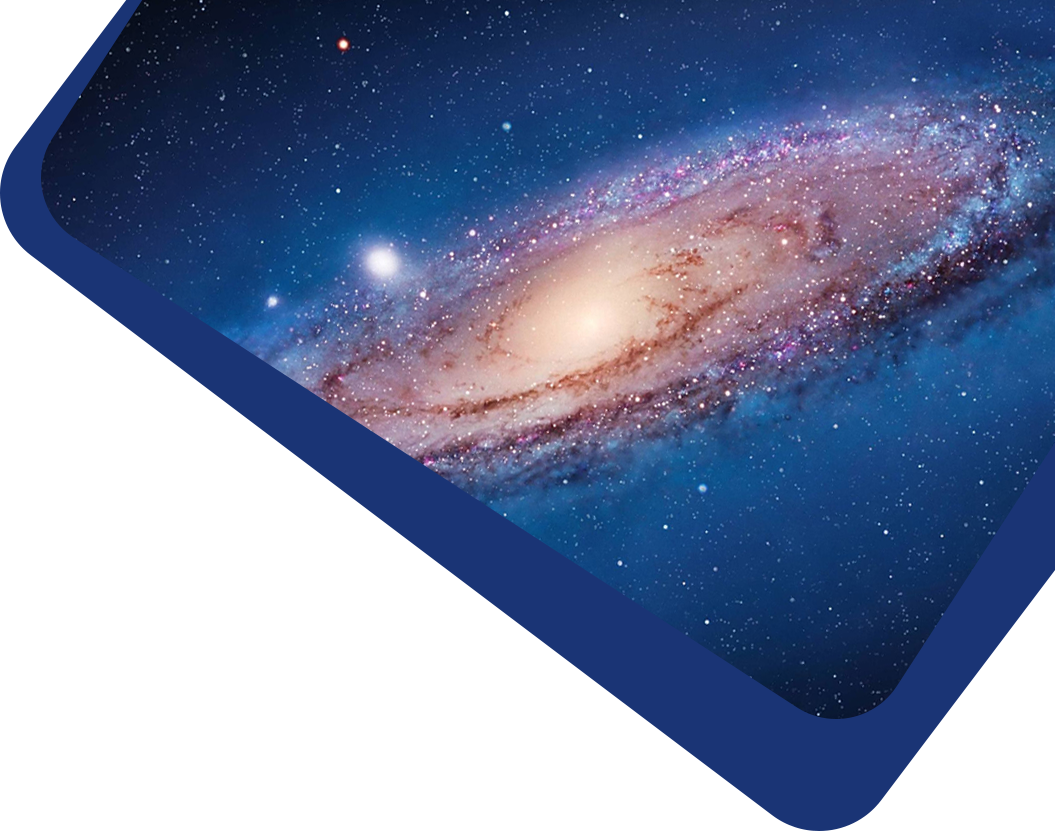

We have analyzed phase-resolved photometric and spectroscopic observations of the eclipsing polar SDSS J002637.06+242915.6. The light curve has a M-shaped bright phase that was reproduced using a simple model of an accreting magnetic white dwarf. The hydrogen emission lines exhibit a narrow component formed on the irradiated hemisphere of the donor. The Doppler tomography revealed differences in the positions of emission regions of hydrogen and He II λ4686 lines. The spectra exhibit a Zeeman absorption triplet of the Hα line, formed in the cold halo around the accretion spot at a magnetic field strength of B = 15.1 ± 1.3 MG. The spectra of the bright phase have a red cyclotron continuum, whose orbital variability has been interpreted within a simple model of an accretion spot. The modeling of the cyclotron continuum constrains the white dwarf’s magnetic field to Bcyc ≲ 45 MG. The analysis of the eclipse light curve and the radial velocities of the irradiated hemisphere yielded estimates for the orbital inclination 77.°2 ≤ i ≤ 80.°6, the mass ratio 0.23 ≤ q ≤ 0.43, and the white dwarf mass 0.72 ≥ M1/M⊙ ≥ 0.42.
(stars:) novae, cataclysmic variables– stars: magnetic field– techniques: photometric– techniques: spectroscopic– stars: individual (SDSS J002637.06+242915.6)
There are currently no refbacks.
It accepts original submissions from all over the world and is internationally published and distributed by IOP